 |  |  |  |  |  |  |  |  |  |  |  |  |  |  |  |  |  |  |
 |  |  |  |  |  |  |
 |
|
|
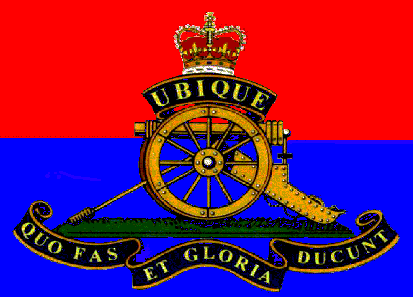 |
|
|
|
Gunner Frederick Wood |
|
|
|
Royal Horse Artillery |
|
|
|
|
 |
|
|
Frederick Louis Wood was born in Brook (a street in central Chatham), on 6 March 1856. He was the second of at least five
children born to William George Wood (a shipwright at Chatham Naval Dockyard) and his wife, Sarah Ann Barnham. Both George and Sarah were originally natives of Rochester.
As its name suggests, Brook was originally a small stream which flowed
through the tightly-packed housing areas of central Chatham, where thousands of the labourers from the Royal Naval Dockyard lived in small, back-to-back terraces, more commonly associated with the industrial towns of northern England. Before the city
centre was supplied with a drainage or sewage system, the Brook served as an open sewer for the area. The stream was finally built over during the early nineteenth century, creating the street known as "Brook". Being built over a stream, its houses
were rife with damp, and subject to repeated floods. Not surprisingly, typhoid, cholera, smallpox and TB were common in the area: life expectancy was low (about 30 years), and infant mortality high (with only one child in seven expected to survive).
Against this background, George and Sarah Wood were fortunate that at least four of their children reached adulthood. |
|
|
|
Brook, Chatham, in 2001 |
|
|
|
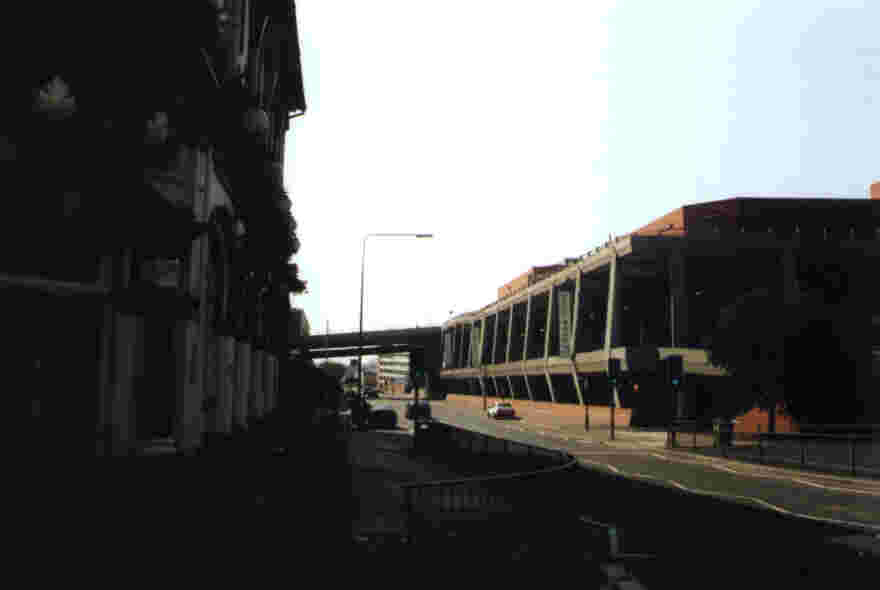 |
|
|
|
As the home of HM Royal Naval Dockyard, Chatham was heavily bombed during World War Two, and much of the city centre was
destroyed. Almost all of the buildings on "Brook" today are post-war in origin. The major construction on the street is the Pentagon Shopping Centre (shown left), which occupies much of the western side of the road.
Two of the few buildings on
the Brook which survive from the era when Frederick Louis Wood would have known them are the White Lion pub (below left), and the old Town Hall - now the Brook Theatre - pictured below, right. |
|
|
|
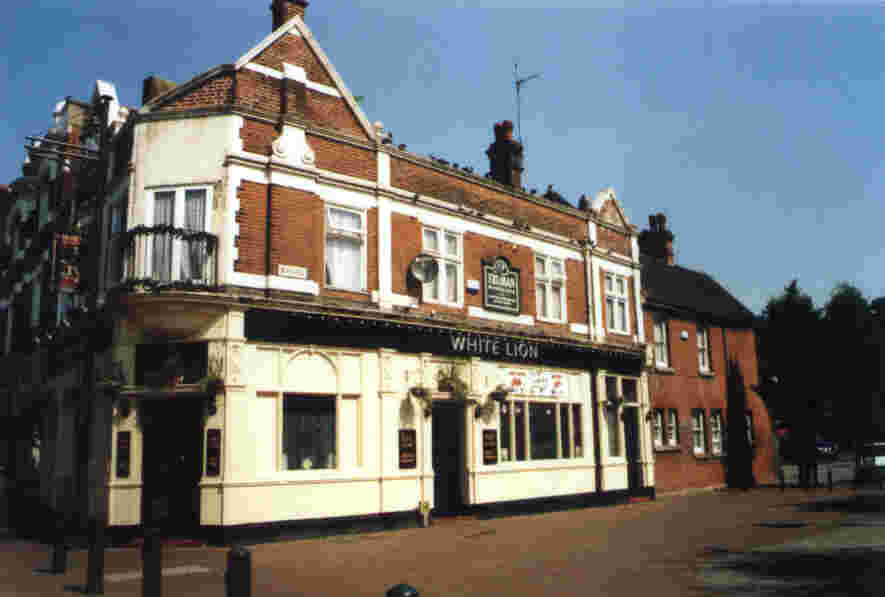 |
|
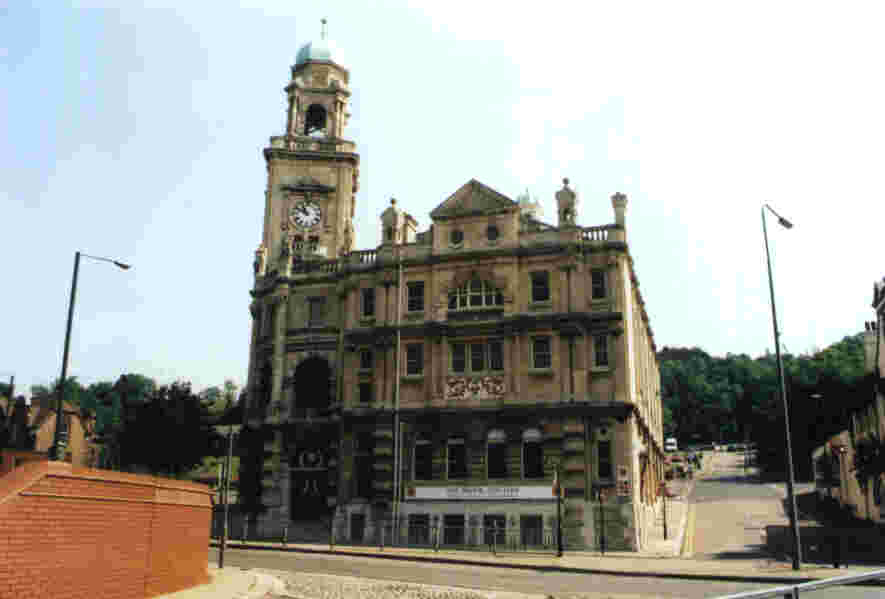 |
|
|
|
Frederick Wood left Chatham to join the British Army, and served at Topsham Barracks in Devonshire as a Gunner in the Royal
Horse Artillery. In February 1878, he married a seventeen-year-old local resident, Elizabeth Wills Luxton, at the Parish Church of St Thomas, in Exeter. Shortly after the birth of their first child, Richard, in April 1880, Frederick left the Army. He
took his young family home to Best Street, Chatham, where he found work as a bricklayer.
In the years immediately following Richard's birth, the Woods moved from house to house in central Chatham, to accomodate their growing family. (Their second
son, Louis, was born in 1881; Joseph in 1883; William in 1884; and Arthur in 1885). By 1887, they were living at 22 Chatham Hill, across the road from a local laundress, Charlotte Fullman, who would eventually become Frederick's second wife. Soon
after, Frederick was on the move again -- he took his wife and five sons to Greenwich (on the south bank of the Thames, but at that time still part of the county of Kent) where they awaited the birth of their sixth child, due in August 1888.
|
|
|
|
Frederick Wood's homes in Chatham, 1883 -1887 |
|
|
|
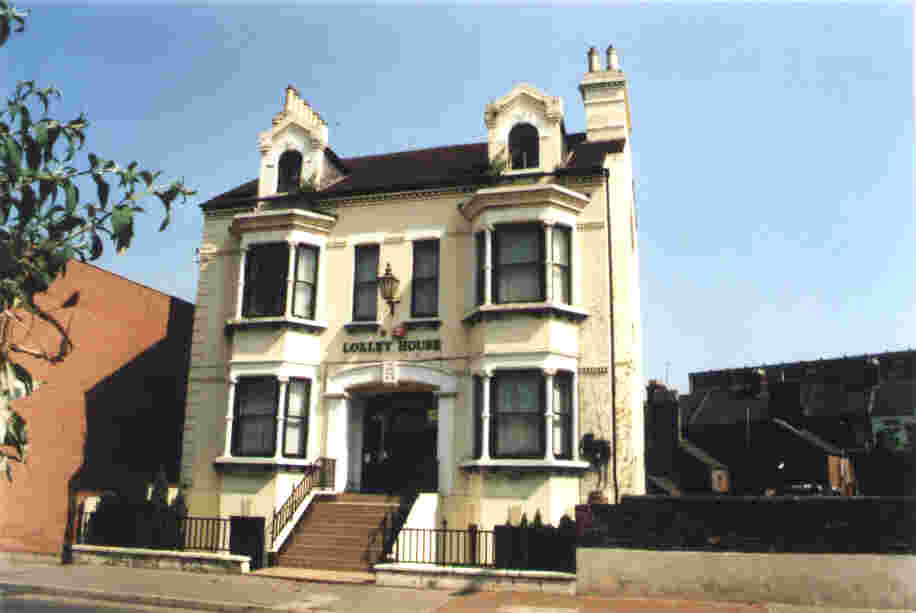 |
|
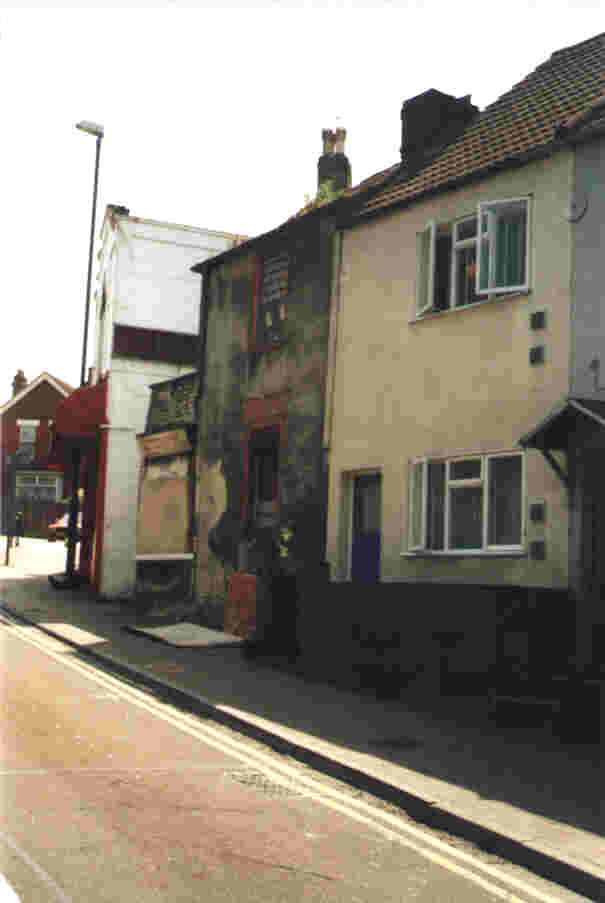 |
|
|
Above - In 1883, Frederick and Elizabeth Wood lived at 229 New Road, Chatham. No. 229 is no longer standing, but one house - No. 209 New Road, shown here - still
remains from the row in which the Woods' house stood. Frederick and Elizabeth's third son, Joseph, was born at 229 New Road in February 1883. |
|
|
|
|
|
Above right - No.22 Chatham Hill is the end-terrace house in this picture (sadly burned-out just before I got my photo!). Frederick and Elizabeth Wood lived in
this house from 1884 to 1887, and their sons, William (b.1884) and Arthur (b.1885) were born here. The Woods' neighbour, across the street at No.19 Chatham Hill, was Charlotte Fullman, who would later become Frederick Wood's second wife. |
|
|
|
Frederick's family life was sadly and unexpectedly disrupted in March 1888, when Elizabeth suffered a miscarriage and died from
resulting complications. Frederick was left to care on his own for his five sons, the oldest of whom was only seven. Six months after Elizabeth's death, Frederick remarried. His new wife was Charlotte Fullman, his former neighbour from Chatham Hill,
whom he married at Maze Hill Congregationalist Chapel, Greenwich, on 21 October 1888.
Frederick and Charlotte moved into a house at 87, Pelton Road, Greenwich, and it was in Greenwich that their first - and only - daughter, Ellen, was born in
1889. Soon after Ellen's birth, the family moved back to Chatham, where they rented an end-terrace house at 1, Seymour Road.
Throughout he 1890's, the Woods were constantly on the move, frequently relocating within the county as Frederick sought
work to feed his growing family. The oldest son, Richard, died in 1900, while serving with the British Army in South Africa, but by the time their youngest son was born in 1901, Frederick and Charlotte still had twelve children to support: Lou, Joe,
Bill, Arthur, Alf, Ellen, Fred, John, Burt, Harry, Percy and Charlie. |
|
|
|
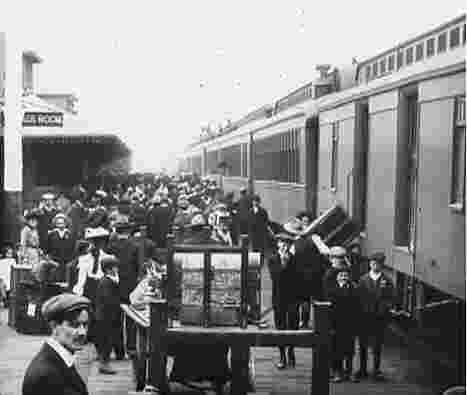 |
|
In 1905, the Wood family took the opportunity to build a better life for themselves, by emigrating to Canada for a Dominion Land
Grant. The British government's Dominion Lands Policy granted 160 acres of land to settlers who were willing to relocate from Britain to cultivate virgin land in the Crown Dominions. If, after living on their allocated land for a minimum of three
years, the settlers could show that they had cleared, farmed and improved it, they gained title to the land. Frederick applied for a land grant in Canada, and was assigned 160 acres near the the town of Gunn, northwest of Edmonton, Alberta. By 1905,
the oldest Wood children were settled in England (Ellen at least was already married), and they chose to stay, but Frederick and Charlotte left for Canada with at least four of their youngest sons - John, Burt, Percy and Charlie. The Woods settled in
Gunn and cleared a ranch on their new land. |
|
|
New settlers detraining at Calgary, Alberta, as part
of an incoming wave during the immigration boom
of the early
twentieth century.
Credit: The National Archives of Canada, #PA-66530. |
|
|
|
|
|
|
Map showing the location of Gunn, Alberta (town named in red) |
|
|
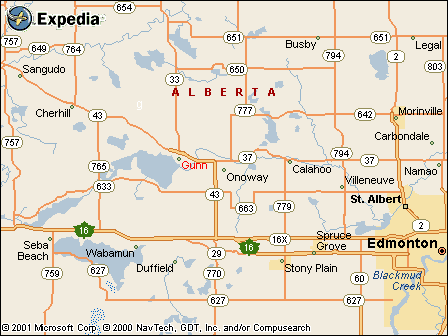 |
|
|
Map: Expedia.com |
|
|
|
When war broke out in 1914, Frederick's sons in Britain were immediately affected. The oldest four - Louis, Joseph, William
and Arthur - had probably already seen service in the Royal Navy, and were immediately called up for wartime service. The three youngest "British" Wood sons, Alf, Fred and Harry, soon followed their brothers into the military. Alf and Fred went into
the rapidly-expanding wartime British Army, Harry probably followed his oldest brothers into the Navy. In Canada, John and Burt were also old enough for military service, and volunteered for the newly-formed Canadian Expeditionary Force. The two
youngest sons, Percy and Charles, were too young to serve in the military (they were aged fifteen and thirteen, respectively, when war broke out), but enlisted anyway, either side of Christmastime, 1915.
War struck home early in the Wood family,
when the oldest surviving son, Louis, was lost at sea less than two months after war broke out. Over the four years that followed, Frederick and Charlotte suffered the loss of four more sons, with deaths in action of Joe, Fred, Harry and Percy.
Additionally, at least two other sons, Alf and John, were seriously wounded, but survived.
At war's end, Frederick Louis Wood applied for ownership of the land he had been granted in 1905. Fifteen years after emigrating to Canada, he finally
received title to his ranchland on 26 May 1921. He died shortly after, probably in Gunn, Alberta, aged about sixty-five. |
|
|
 |
|
|
 |
|
 |
|
 |
|
|
|
|
or return to Biographies home page |
|







